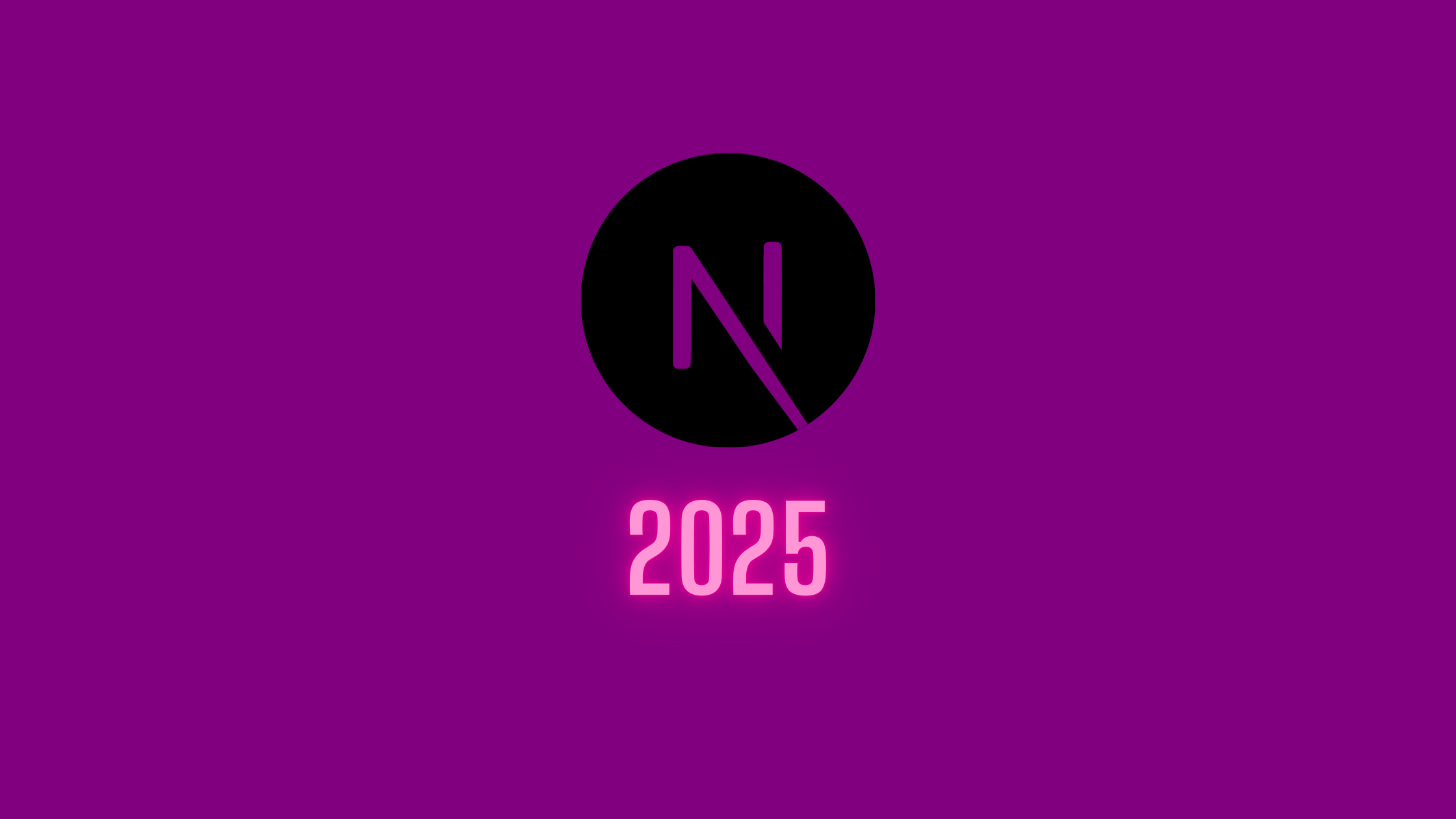
Statistics are clear.
According to 2024 the Stack Overflow survey, Next.js is the 4th most popular web framework.
Many developers (us included) are leveraging this powerful technology to build things for the web.
What about 2025?
Main Trends for 2025
Here are probably the most important things to consider if you plan to thrive in this particular environment.
Server Components and Dynamic Rendering
Leveraging Next.js' support for React Server Components to optimize performance and reduce client-side JavaScript load. With Next.js 14 the data fetching process got way easier (read more about it here).
AI-Assisted Design and Development
Integrating AI tools to generate UI layouts, suggest design improvements, and enhance coding productivity. There are several solutions out there, with few of them not including AI, working at closing the gap between development and design (one of them is Polipo, as you can read in this article).
Composable Architectures with Headless UI Libraries
Emphasis on composability using unstyled, accessible libraries like Radix UI for building custom design systems. At Polipo, we are currently working at our unstyled library that can be used with our technology and enable teams to rely on building blocks instead of creating from scratch.
Personalized and Adaptive User Interfaces
Implementing real-time personalization with analytics-driven UI adjustments to enhance user experience. Creating adaptive UIs based on real-time analytics and middleware to dynamically adjust themes, content, and recommendations based on user behavior and context.
The Rise of Micro-Frontends in Component Design
Adopting micro-frontend architecture to break applications into smaller, manageable, and reusable UI components. For example, in an e-commerce app, the cart module built with React can coexist with a search module built in Vue, integrated via Webpack Module Federation or an iframe orchestration layer.
What is Next?
At Polipo, we are working on helping developers bridge the gap between design and development with procedural solutions, making it easier for front-end teams to collaborate.
Ready to elevate your projects?
Check this out.